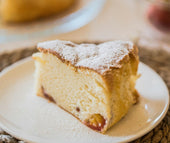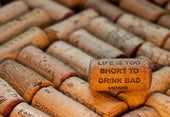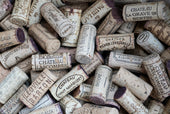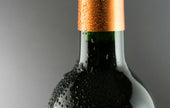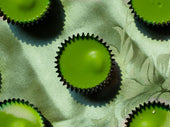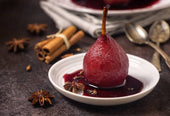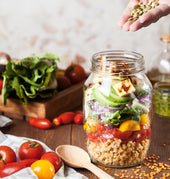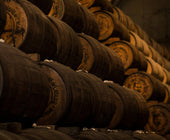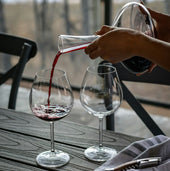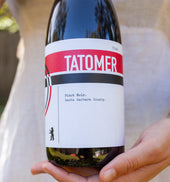
How to Organize Your Collection and Properly Store Your Wine

By Iris Rowlee
I don’t know if this is true of other wine lovers, but I certainly have some bottles in my past that I lament the poor treatment and subsequent undrinkable nature of. A particular one that comes to mind was a bottle of Grover Zampa Vineyards Viognier from the Nandi Hills of southern India that I tenderly tucked into my luggage on a trip there one spring. Through my absentmindedness it spent a sweltering summer in an LA car garage and when discovered and chilled in winter, greeted with some offensively obtuse aromas and flavors in the glass. The soft stone fruit and white flowers had been replaced with fermented banana and an uneasy acid. For shame! The point of this story being, proper wine storage is key. Whether your bottle is from down the street or across the world, high end or low key, creating a hospitable environment for it is worth your while.
I have been lucky to have worked in and overseen a diverse array of wine cellars in some of San Francisco’s most bountiful and wine focused restaurants and in people’s private home cellars, and the one constant is that each is different. The wine storage must work for the space and needs of each unique situation.
That being said, there are two main facets to the art of storing one’s wine: there is the nature in which you store it and your rules of organizing it. Whereas the actual storing of your wine is strictly objective, how you organize it is completely subjective. I think of collecting wine like another space consuming habit I have, collecting records, there are a couple all encompassing rules to respectfully storing your liquid melodies and everything pertaining to what goes where is up to you.
Luckily, with the objective part, there are just a few simple rules to storing wines to uphold their quality :
- First of all, if the bottles have corks, they must be kept horizontally on their side or upside down to ensure the integrity of the cork, not upright. The cork can dry out without continual exposure to the wine, and it will shrink and can cause oxygen to sneak in and prematurely oxidize the wine. (A cardboard wine box on it’s side makes a perfectly fine rack.)
- Secondly, the storage environment must be cool and with no exposure to sunlight. Warmer temperatures cause the wine to mature too fast, but not in a good way. With direct sunlight it’s the same idea, the UV light causes free radicals that cause increased rates of, you guessed it, oxidation. 55 degrees Fahrenheit is a wine bottle in storage’s happiest place but it’s ok if your space isn’t quite that cold. In our realistic, not idealistic world the far reaches of your closet, or whatever the consistently coolest and darkest place in your abode shall do.
- Third, extreme temperature fluctuations are hard on a bottle as they cause maturation issues as well as internal bottle pressure issues. This can loosen a cork’s seal and cause quick onset of oxidation. So if you pop a bottle in the fridge but don’t end up drinking it, leave it there till next time. Also keep the negative influence of temperature fluctuation in mind when picking a storage space.
Now that we’ve covered the basic storage rules, on to the subjective part, the organizing of the wine. You can group your wine by region, grape variety, type of wine, whatever works best for your consumption style. If you are planning on amassing a bevy of wine, you may want to think about creating a method of assigning numbers to the wines locations with a corresponding list, so you can assess your inventory and quickly locate a bottle.
If you are the kind of collector buying special bottles you want to age for years, I recommend considering a wine refrigerator or offsite storage. Many regular storage facilities have wine unit sections that are perfectly temperature controlled as well as humidity controlled (which further helps those precious corks as well as the labels stay proper). Some fancy wine storage facilities offer services like keeping track of your wine inventory and even offer reminders for when specific bottles are best to drink.
This brings me to my final point, keeping track of the good drinking windows for your individual wines, i.e. when your wine is tasting the most optimal, is very important. All wines have a window of quality drinking and it’s a big misconception that all wine gets better with age. Obviously though, that adage is out there because, on the flip side, when you have that specific perfectly aged bottle of wine, and you have that clouds parting, angels singing, sun beaming on your face moment, all the waiting was worth it, but just don’t wait too long!

This article was contributed by Iris Rowlee. She is a Court of Masters certified Sommelier, a Vinitaly International Academy Italian Wine Ambassador, and a 3iC Certified Educator.



